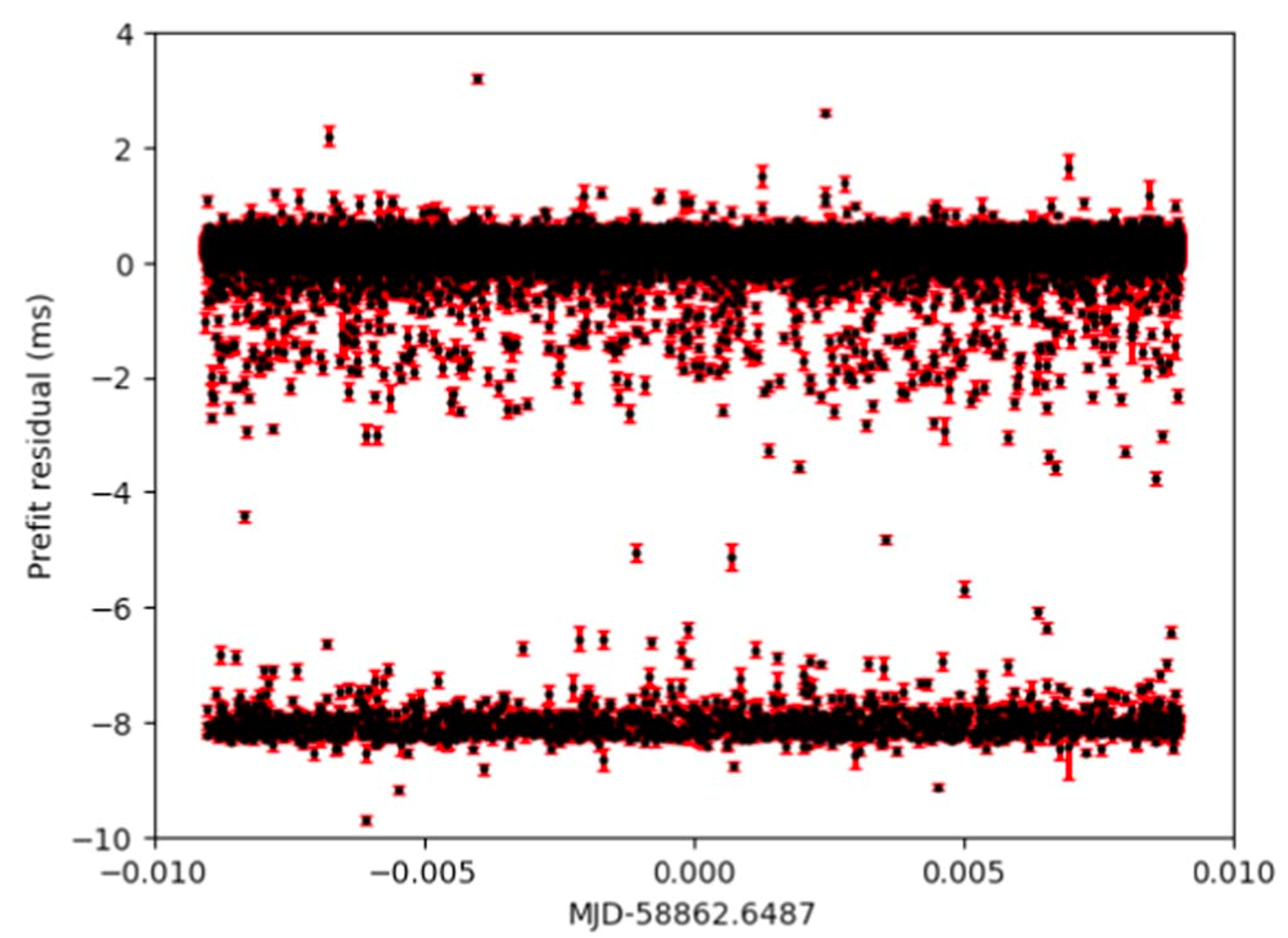Aug 17, 2021
Investigating Cold Dust Properties of 12 Nearby Dwarf Irregular Galaxies by Hierarchical Bayesian Spectral Energy Distribution Fitting
Recently, the hierarchical Bayesian approach is introduced to fit the MBB model (Kelly et al. 2012; Juvela et al. 2013; Lamperti et al. 2019), which could reduce the degeneracy between T and β greatly, and so improve the SED fitting res...


